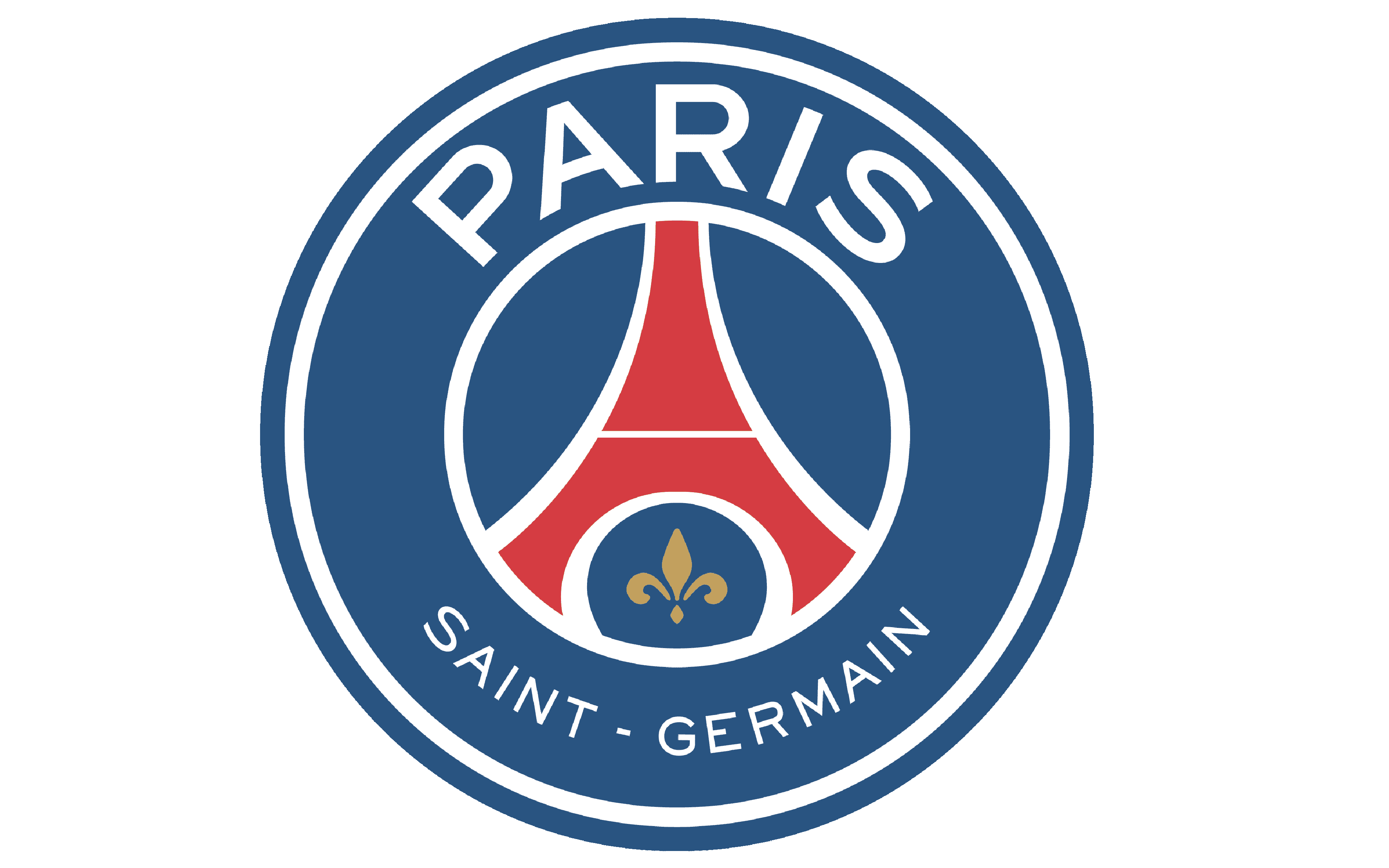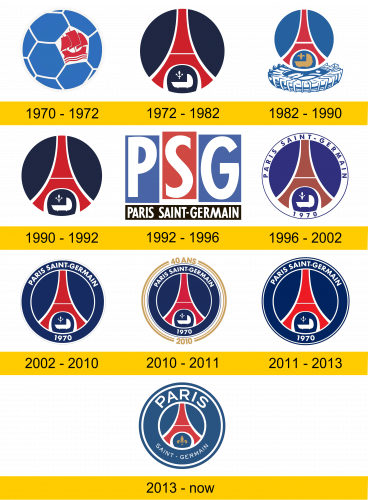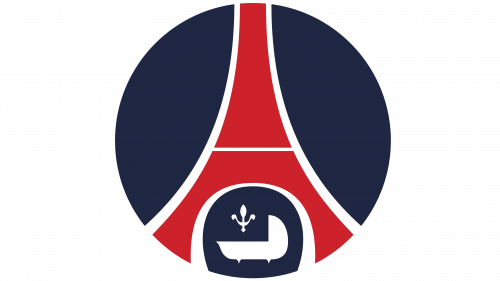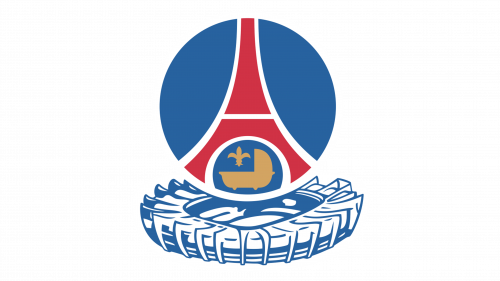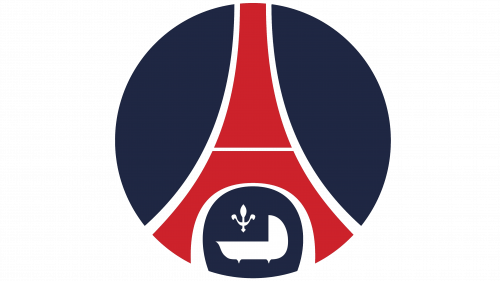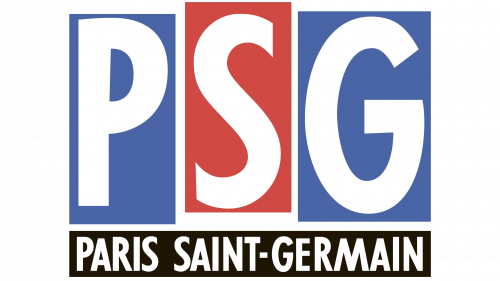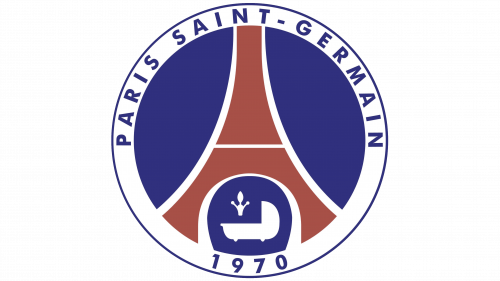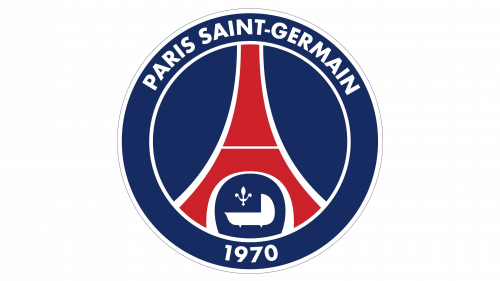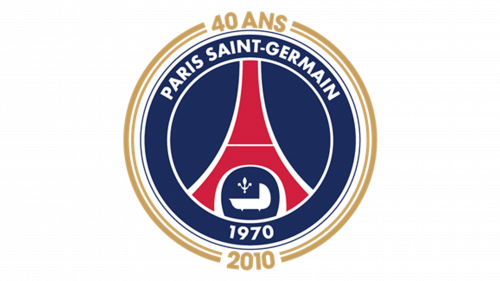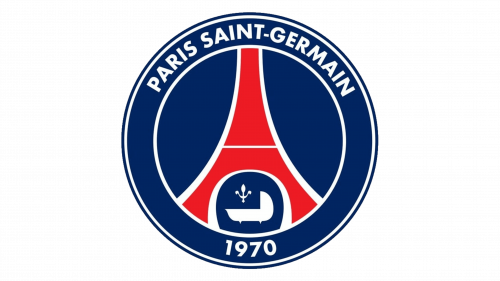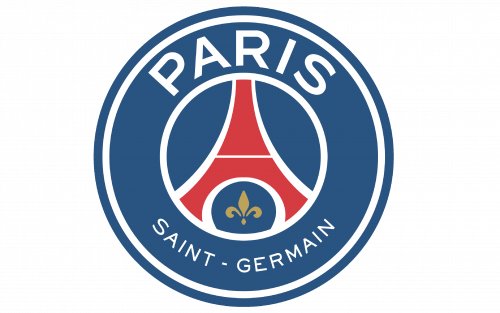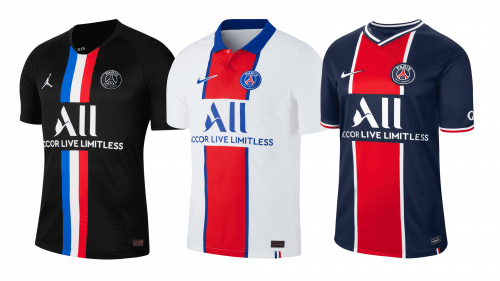Paris Saint-Germain (or PSG for short) is a major football club from France. It was created in Paris as an effort to build a powerful team in the country’s capital. As a result, the team proved to be country’s most productive club. Moreover, they are frequently included in the world’s top-10 clubs according to FIFA.
Who owns Paris Saint-Germain? PSG is owned by the Qatar Sports Investments Company. They acquired the team back in 2011.
History Logo
The club was established in 1970 by several Parisian businessmen. It was a result of a merger between a much older club called Stade Saint-Germain (which played since the dawn of century) and a year-old club called Paris FC. Although the latter then broke away, the name stuck.
1970 – 1972
The 1970 logo depicted a blue ball with white space between the tiles. One tile was also replaced with a picture of a red ship. These colors the team’s favorite for years to come.
1972 – 1982
In 1972, they created the first version of the team’s iconic Eiffel tower logos. It depicted a circle of dark blue with the red white-outlined Eiffel tower depicted on it. It was more of a simplified silhouette, actually. In the lower crevice, they also put a white cradle with a French lily nearby – the symbol of Saint-Germain-en-Laye.
1982 – 1990
In 1982, they repainted the logo into a softer, paler shade of blue. Moreover, they added a silvery pedestal beneath it.
1990 – 1992
The 1990 logo is completely identical to the one made in 1972.
1992 – 1996
Disregarding the tradition, in 1992 a new design was introduced. Instead of a circle form, it had three differently leveled vertical rectangles, followed beneath by a black horizontal one, much longer than them. The vertical shapes were colored pale blue, red & blue, while each storing a letter from the name: ‘P’, ‘S’ and ‘G’ (all colored white).
The black rectangle instead held the team’s full name in much the same style, but obviously with smaller letters.
1996 – 2002
By 1996, they returned to the pre-1992 design, except all the colors were bleached, and there was now a white frame around the emblem, which was then outlined in blue. In the upper half, the ring contained the team’s full name, while in the very bottom there was the year of founding, both parts colored blue.
2002 – 2010
By 2002, they made the emblem palette brighter again, but not as dark as before. The ring around the main emblem was also color-inverted: the text became white, and the rest turned blue.
2010 – 2011
The 2010 was an anniversary year, which is why the designers added an additional layer of gold around the logo proper, with two pieces of text on it: ’40 ans’ (’40 years’) above and ‘2010’ below.
2011 – 2013
The logo was returned to normal the next year, but they did also add a thin blue line around the edges.
2013 – today
Following the 2013 redesign, the original logo section was decreased in size compared to the outer ring. Moreover, the cradle in the lower part was removed in favor of just a single golden lily.
The text in the ring area was altered, too. Mainly, the upper section enjoyed only the word ‘Paris’ now, although it was enlarged. The rest of the club’s name moved to the bottom, driving away the founding year. These letters were much smaller compared to the one above.
Lastly, they added volume, shading and glint to the logo.
Uniform History
Since the 1970, the team used only red, dark blue and white as their home colors. They mostly used blue as a dominant color and drove a vertical red stripe (with white rims) through their jerseys, in various places. The away colors, by comparison, were mostly white, although they also enjoyed smaller blue and red stripes.
Paris Saint-Germain Colors
BLUE
HEX COLOR: #004170;
RGB: (1, 66, 106)
PANTONE: PMS 7694 C
CMYK: (100, 57, 9, 52)
WHITE
HEX COLOR: #FFFFFF;
RGB: (255, 255, 255)
CMYK: (0, 0, 0, 0)
RED
HEX COLOR: #DA291C;
RGB: (218, 41, 28)
PANTONE: PMS 485 C
CMYK: (0, 95, 100, 0)
GOLD
HEX COLOR: #CEAB5D;
RGB: (218, 41, 28)
PANTONE: PMS 7407 C
CMYK: (20, 30, 75, 0)

